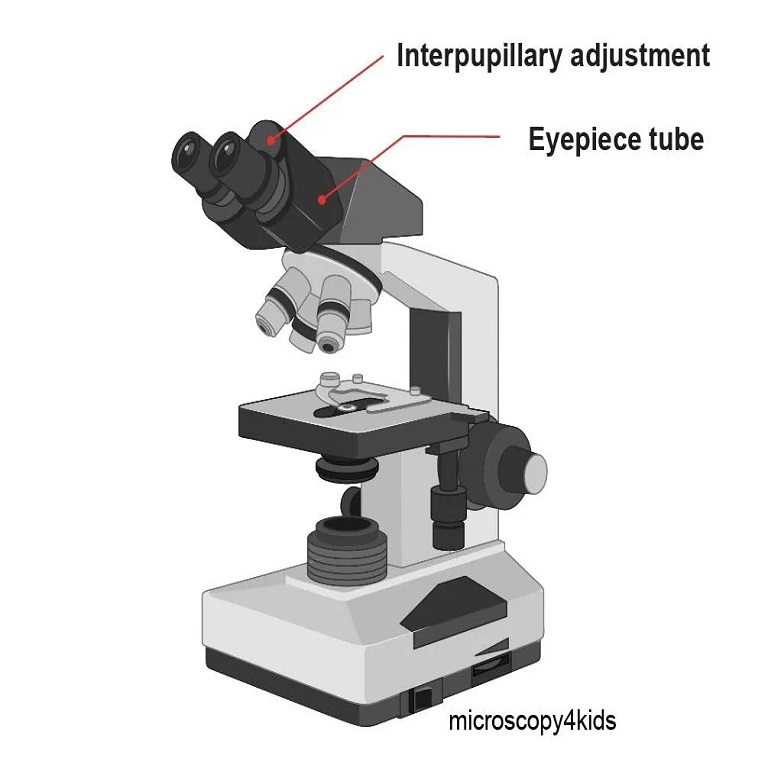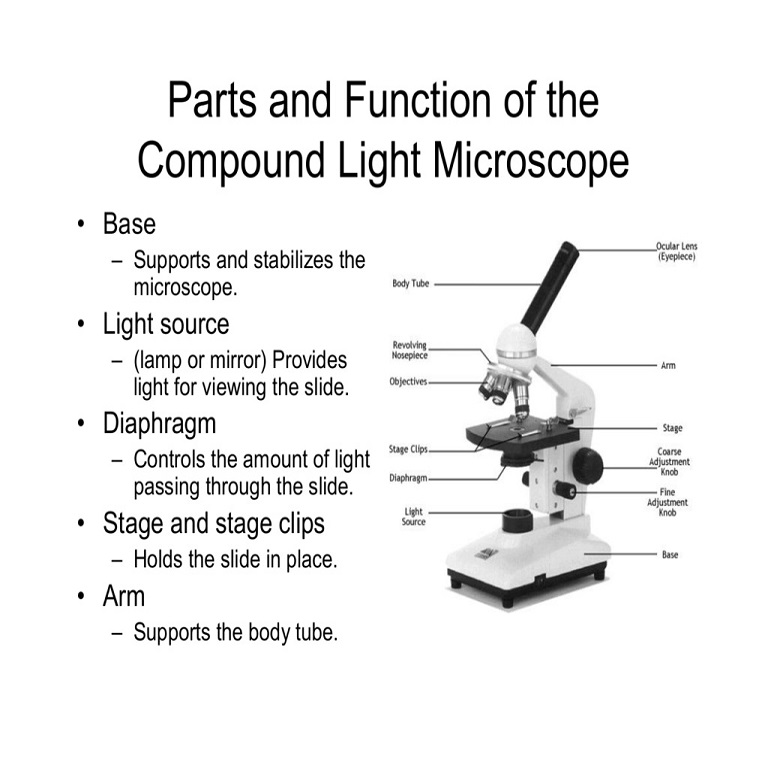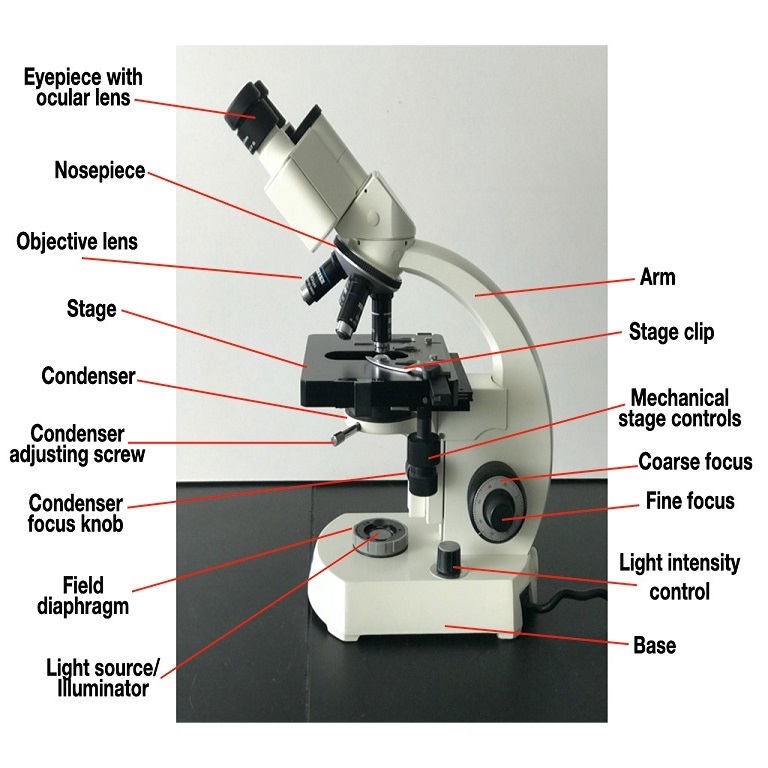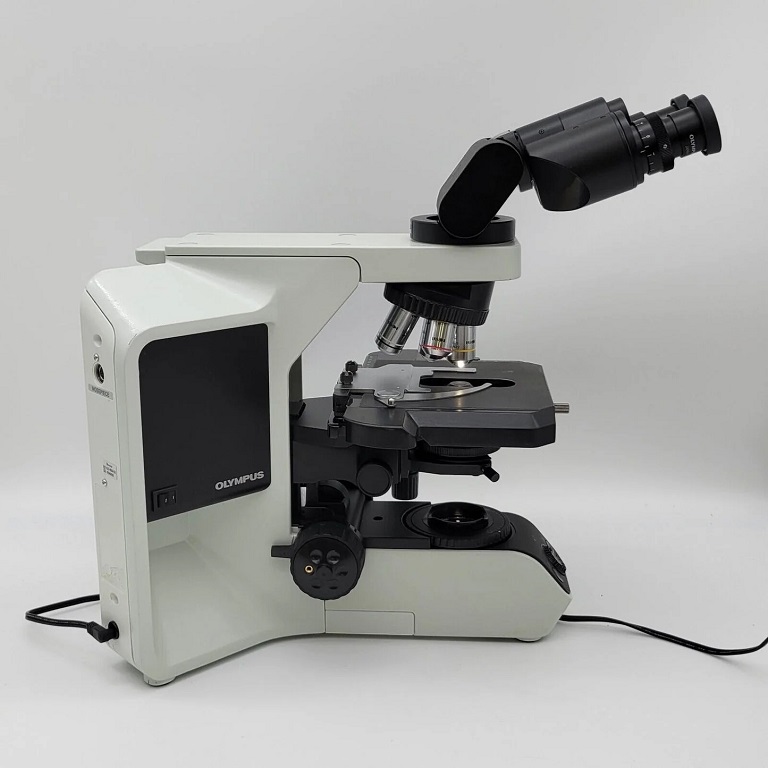Introduction to Microscope and Its Significance
Microscopes stand as pivotal tools in the sciences, opening windows into the miniature worlds not visible to the naked eye. Invented in the 16th century, these devices have transformed our understanding of biology, medicine, and materials science, among other fields. They magnify tiny entities like cells and microorganisms, revealing intricate details that fuel discovery and innovation.
The term ‘microscope’ comes from the Greek words ‘mikros,’ meaning small, and ‘skopein,’ to look. It aptly describes the device’s primary function: to look at small things. However, microscopes are more than just magnification tools; they are intricate instruments composed of various parts, each contributing to their overall functionality. Understanding the roles of these components is crucial for utilizing microscopes effectively, whether in a classroom, research lab, or industrial setting.
Microscopes range from simple to complex designs, each tailored for specific applications. Light microscopes, electron microscopes, compound microscopes, and stereo microscopes address diverse imaging needs. With advancements in technology, we have seen the advent of darkfield, phase contrast, fluorescence, and scanning microscopes. These innovations have expanded the boundaries of observation, allowing us to visualize specimens in novel and informative ways.
The impact of microscopes stretches across several domains. In education, they serve as fundamental tools for teaching biology and encouraging scientific curiosity. Researchers rely on them to explore the unknown and broaden the frontiers of knowledge. In medicine, microscopes are instrumental in diagnosing diseases and understanding the complexities of life at a cellular level. Industries use them for quality control and developing new materials. The microscope’s influence is profound, emphasizing its significance in the modern world.

Core Components of a Microscope
Microscopes have two main types of parts: optical and structural. Each part plays a critical role in the functionality of the microscope. Now let’s dive into the core components that make up the heart of a microscope.
Optical Parts: Lenses and their Magnification
Microscope lenses are vital for magnification. They work together to enlarge the image of tiny specimens. The primary lenses in a microscope include the eyepiece and the objective lenses.
- Eyepiece: Also known as the ocular lens, the eyepiece is the lens you look through at the top of the microscope. It usually magnifies 10x or 15x.
- Objective Lenses: These are the main lenses close to the specimen. They come in different powers, typically ranging from 4x to 100x. By changing these lenses, you adjust the magnification.
Together, these lenses multiply to give the total magnification power. For instance, a 10x eyepiece with a 40x objective lens means 400x total magnification.
Structural Parts: Supporting the Microscope
The structural parts provide stability and support for the microscope. Let’s look at these parts and their importance in detail.
- Base: The bottom part that holds everything up. It often contains the light source for illumination.
- Arm: This connects the eyepiece and lenses to the base, creating a frame to support the microscope. It’s also what you hold when carrying the microscope.
Understanding these core components is essential for operating a microscope correctly. This knowledge can help in selecting the right microscope for specific tasks and maintaining it appropriately.

Detailed Functions of Microscope Parts
Understanding the specific functions of microscope parts can greatly improve the accuracy and efficiency of your observations.
Function of the Eyepiece
The eyepiece, or ocular lens, is the part you look through. It magnifies the image, usually from 10x to 15x.
Role of Objective Lenses
Objective lenses are crucial for magnification. Positioned close to the specimen, they vary in power. They significantly increase the image size before it reaches the eyepiece.
Purpose of the Base and Arm
The base provides stability, and typically houses the light source, necessary for illuminating specimens. The arm supports the structure and is used for safely transporting the microscope.
Significance of the Stage and Its Controls
The stage holds the specimen in place and can be adjusted to focus the image. Controls move the stage precisely, ensuring the specimen is properly aligned within the viewer’s field.
Different Types of Microscopes
Understanding the varied types of microscopes available enhances one’s ability to select the appropriate tool for different scientific observations and analyses. These instruments differ in their magnification methods, resolution capabilities, and suitability for particular applications.
Light vs Electron Microscopes
Microscopes can be broadly categorized into light microscopes and electron microscopes. Light microscopes use visible light and optical lenses to magnify objects, which is ideal for studying live cells, tissues, and microorganisms. Electron microscopes, on the other hand, employ electron beams to create high-resolution images and are better suited to viewing the ultrastructure of cells and viruses. The main distinction between these two lies in their magnification power and the level of detail they can reveal.
Compound vs Stereo Microscopes
A compound microscope is a common type of optical microscope that offers high magnification and is mainly used for viewing small, thin specimens like slides of cells. It features an arrangement of lenses, including both the objective lenses and the eyepiece, to amplify the view. A stereo microscope, also known as a dissecting microscope, provides a lower magnification, which is best for viewing larger, three-dimensional specimens. It provides depth perception and allows for manipulation of the specimen while observing. Both types serve unique purposes and are essential tools in scientific studies.
Simple Microscope – Basic Structure and Use
A simple microscope is essentially a single-lens magnifying glass, known for its easy handling and basic structure. It often serves as an introductory tool in educational settings and can aid in viewing larger particles not visible to the unaided eye. The simplicity and accessibility of this microscope type make it popular for quick and informal examinations, though its magnifying power and resolution are limited compared to more complex microscopes.

Advanced Features in Modern Microscopes
The evolution of microscopy has led to the invention of specialized equipment. These advanced microscopes offer greater detail and more applications.
Specialized Microscopes: Darkfield and Phase Contrast
Darkfield microscopes bring detail to barely visible samples. They produce high-contrast visuals by illuminating the sample against a dark backdrop. Phase contrast microscopes, however, reveal fine details in cells without using dyes. They make transparent specimens more visible by enhancing light differences.
Fluorescence and Scanning Microscopes: A Closer Look
Fluorescence microscopes use specific light to make parts of a sample light up, aiding in the observation of complex structures within cells. Scanning electron microscopes (SEM) provide strikingly detailed three-dimensional images. They scan the surface of samples with a beam of electrons. Such technology supports research at the microscopic level with unparalleled precision.
Practical Applications of Different Microscope Types
Microscopes have diverse applications, effectively revealing the invisible and enhancing learning and innovation. Here, we explore different environments where various microscope types are vital.
Educational and Research Applications
In educational settings, microscopes are central tools. They help students observe microscopic life and understand biological concepts. Simple microscopes start this journey, offering a glimpse into the world of the small. For deeper insight, compound microscopes become essential, displaying cell structures with clarity.
Research laboratories depend on advanced microscopes for discovery. Electron microscopes provide detailed views at a molecular level, critical for scientific breakthroughs. Meanwhile, fluorescence and scanning microscopes unlock cellular secrets, facilitating groundbreaking findings in biology.
Medical and Industrial Uses
Medical diagnostics rely heavily on microscopes. Pathologists use them to identify diseases at cellular stages, which is crucial for patient treatment. They inspect tissue samples, hunt for bacteria and viruses, and study complex cell interactions with compound and electron microscopes.
In industry, microscopes ensure quality in manufacturing processes. Engineers use stereo microscopes for inspecting materials and assemblies. These microscopes allow for precision work and detecting flaws that could lead to product failure.
Various microscope types, from simple to complex, hold significance across educational, research, medical, and industrial realms. Their ability to magnify the unseen makes them indispensable in many fields.
Conclusion and Recap of Microscope Components
As we have explored, microscopes are vital instruments in science and industry. We’ve delved into their core parts, both optical and structural, and examined their functions and roles. Let’s recap the key takeaways about microscope components to conclude.
- The optical parts of a microscope, mainly the eyepiece and objective lenses, handle the magnification of specimens. This process enlarges small objects to make them visible to the human eye.
- The eyepiece typically offers a standard magnification of 10x or 15x, bringing the image closer to our vision.
- Objective lenses sit near the specimen. They provide the initial magnification and have various powers, often from 4x to 100x.
- The structural parts like the base and arm offer support and stability to the microscope, assuring that the delicate lenses and lighting are properly aligned.
- The stage and its controls are critical for positioning the specimen. They allow precise shifts to bring the sample into focus.
Microscopes, whether light or electron, compound or stereo, and simple or advanced, cater to a range of magnification needs. Each type serves distinct purposes, from education to research to medical analysis to industrial quality control. Microscopes continue to be indispensable tools in uncovering the details of the microscopic world. Knowing the parts and functions of microscopes is key to using them to their full potential.
